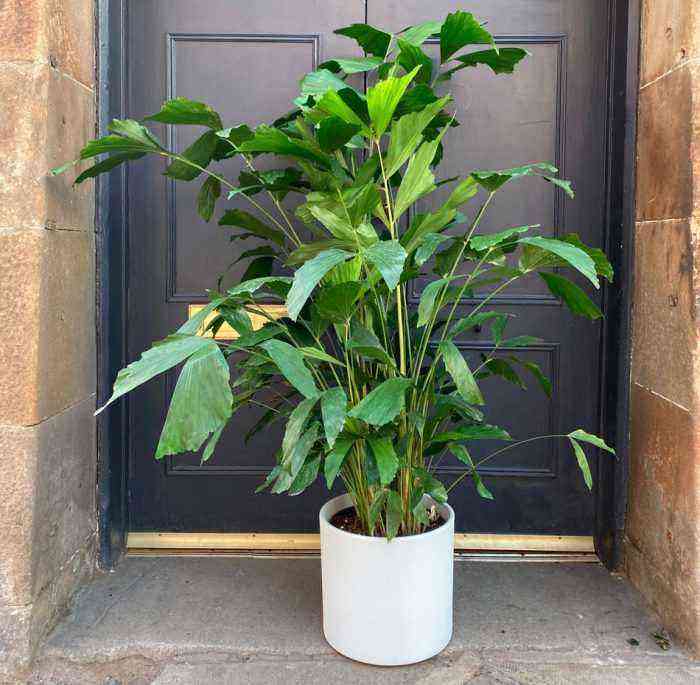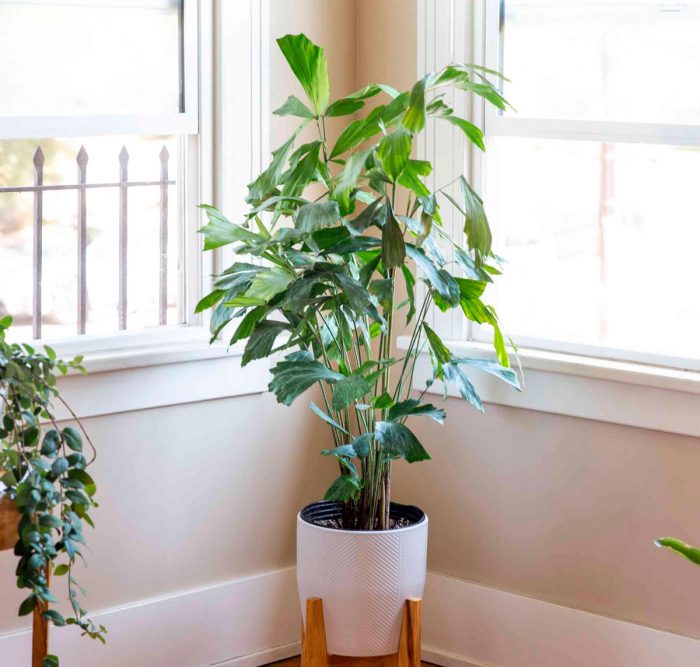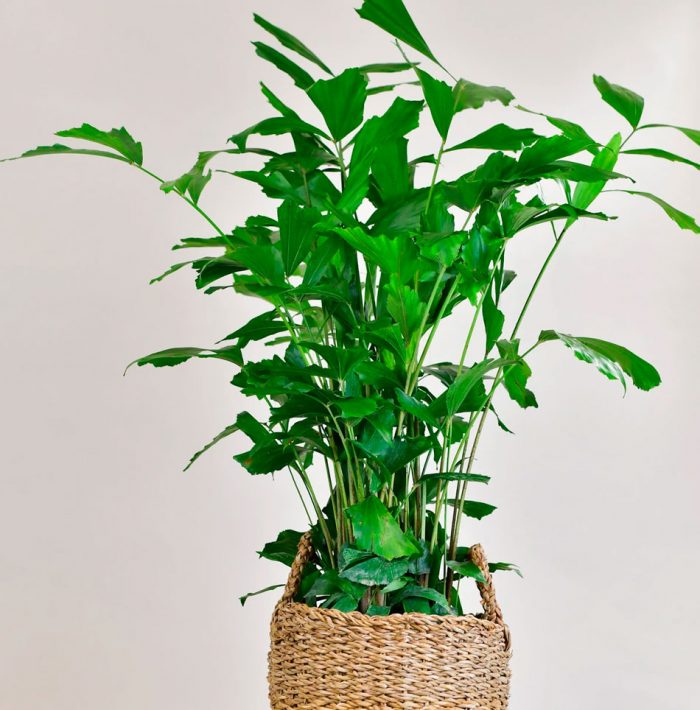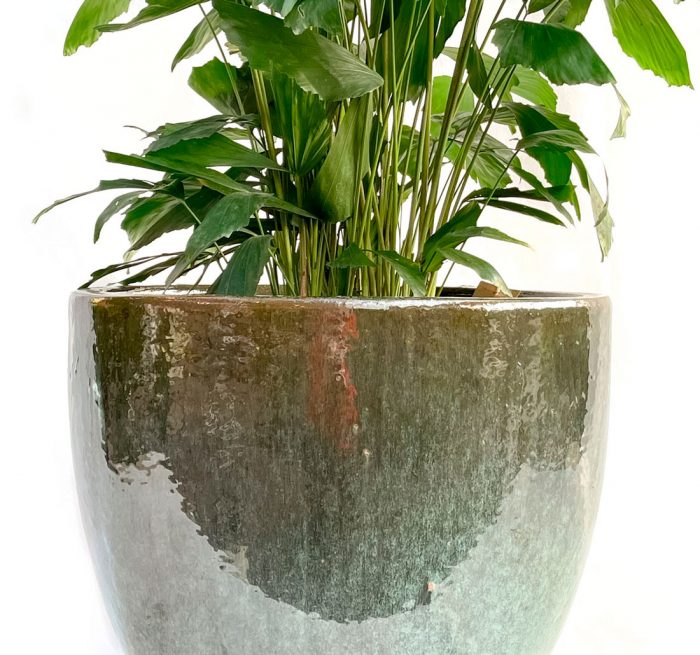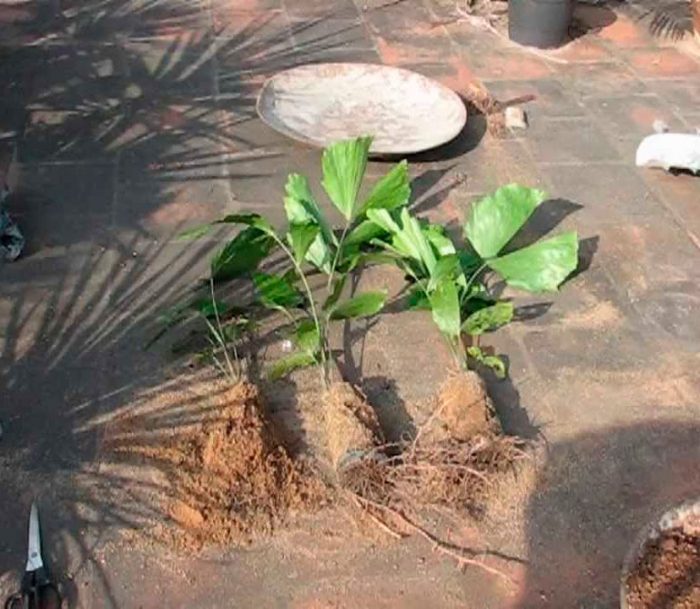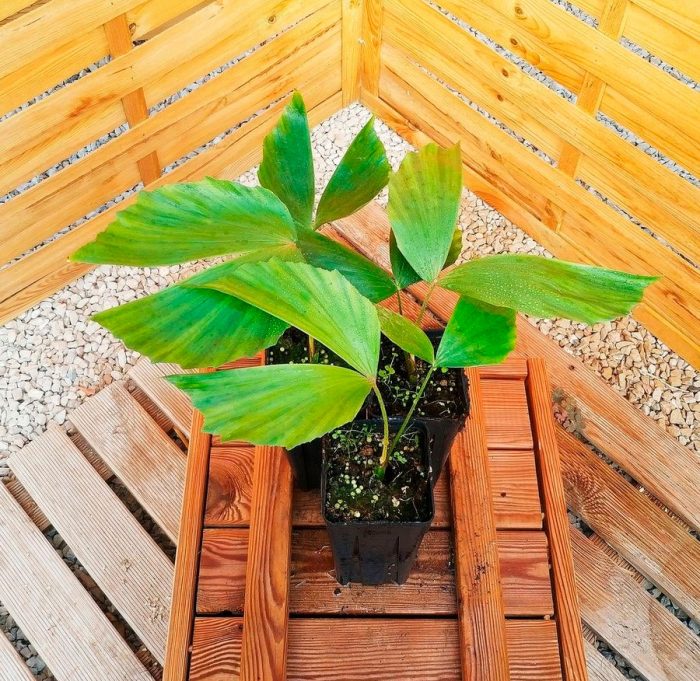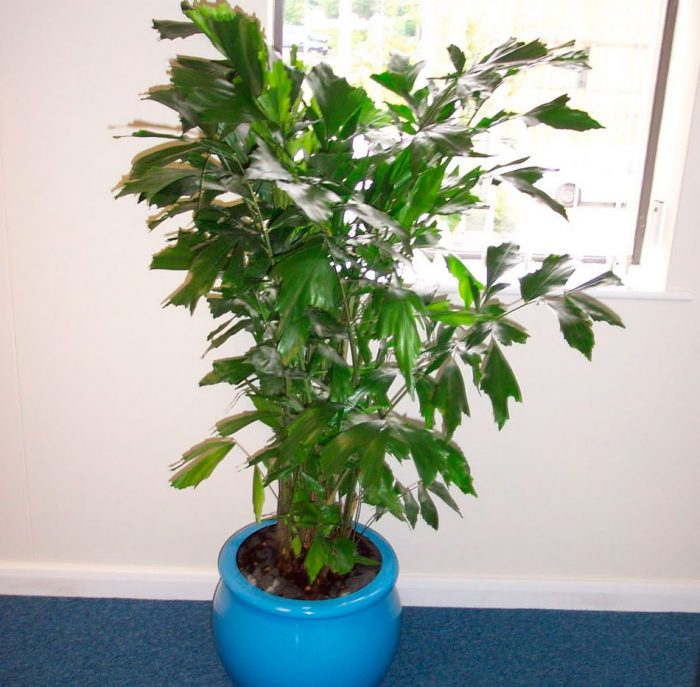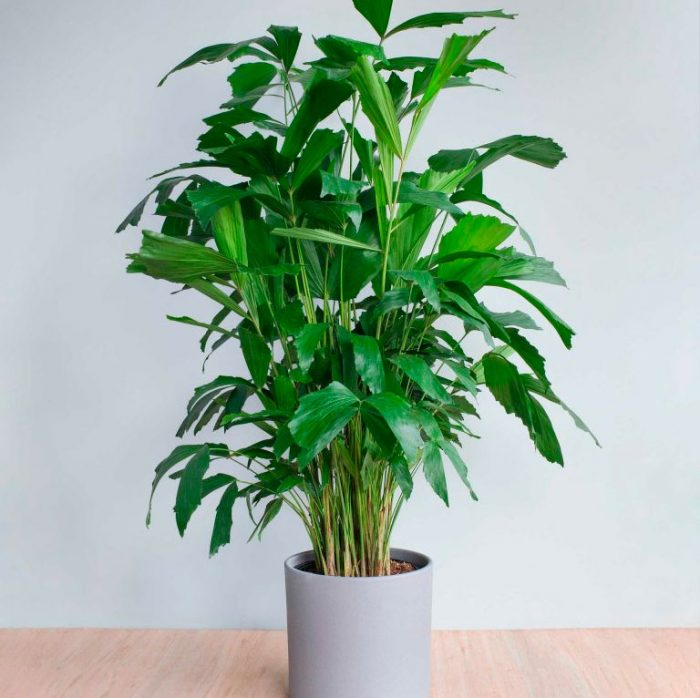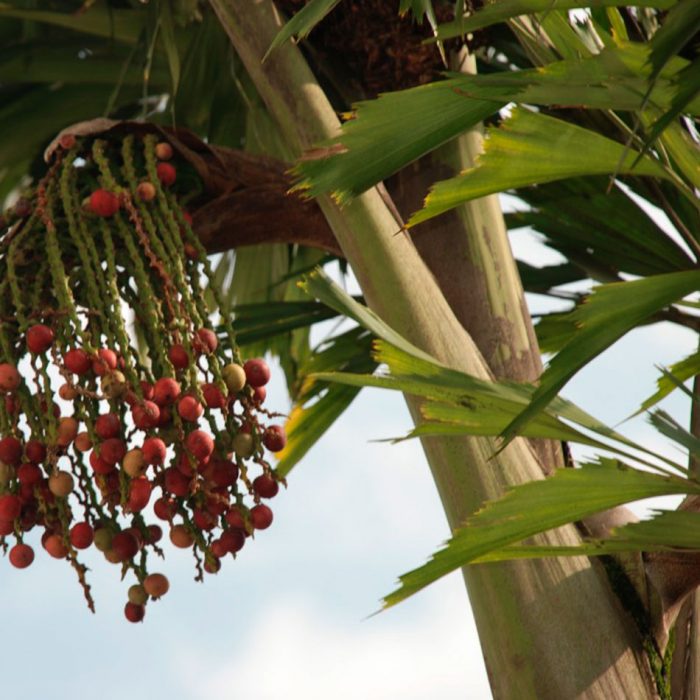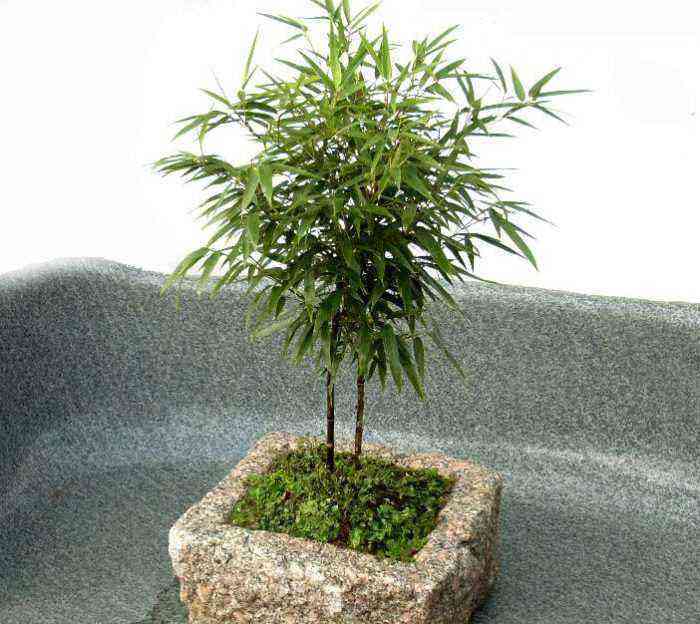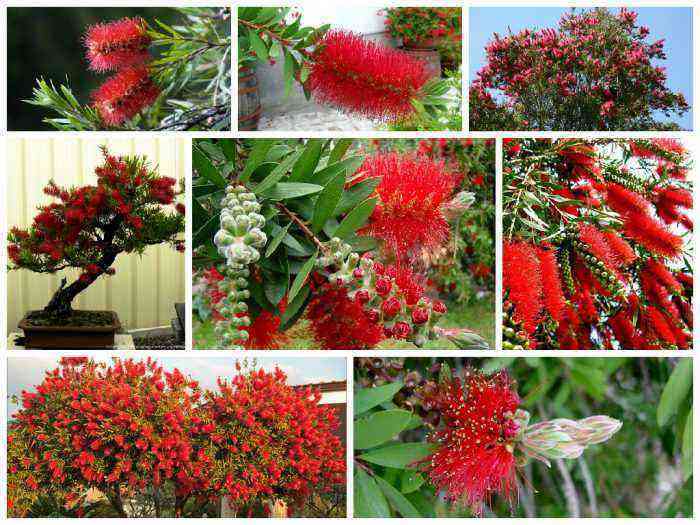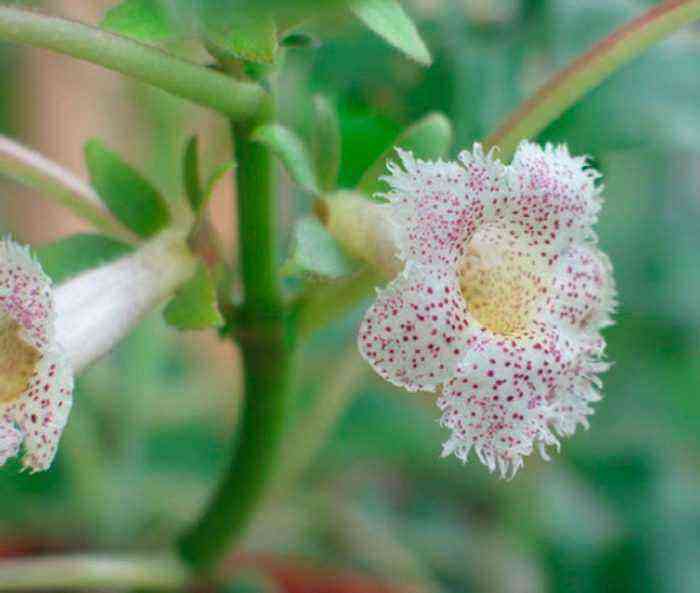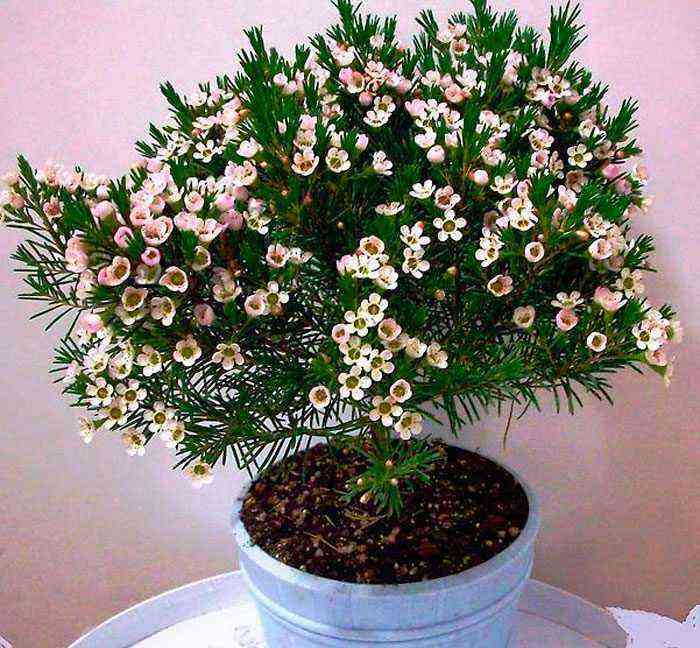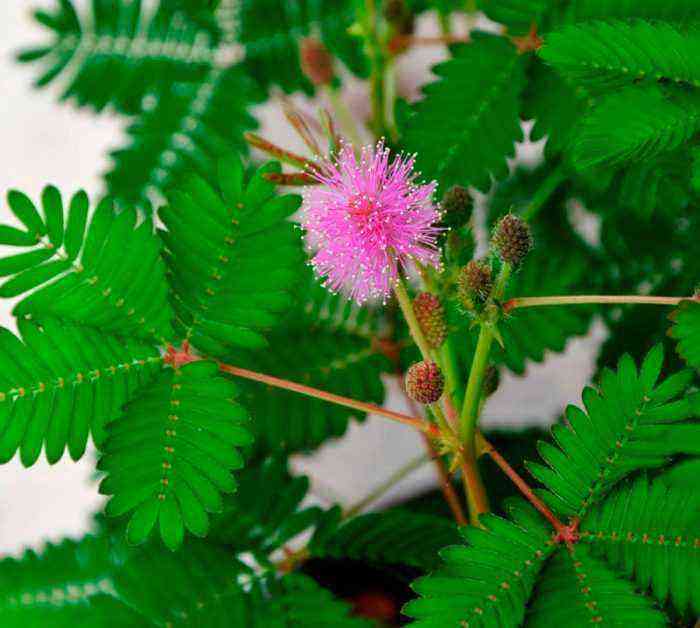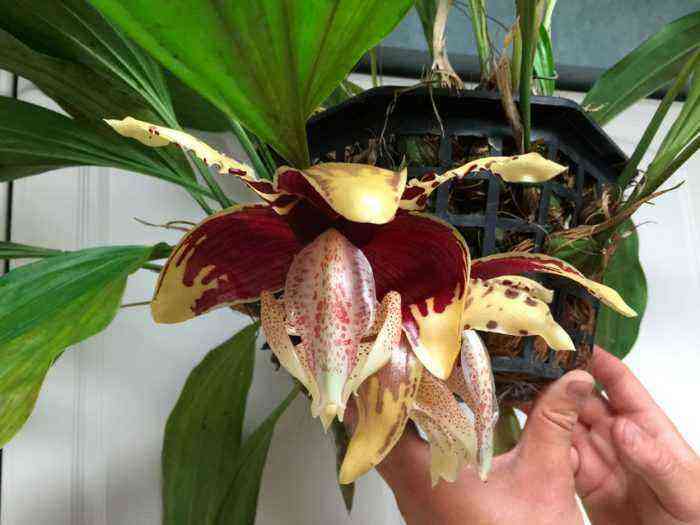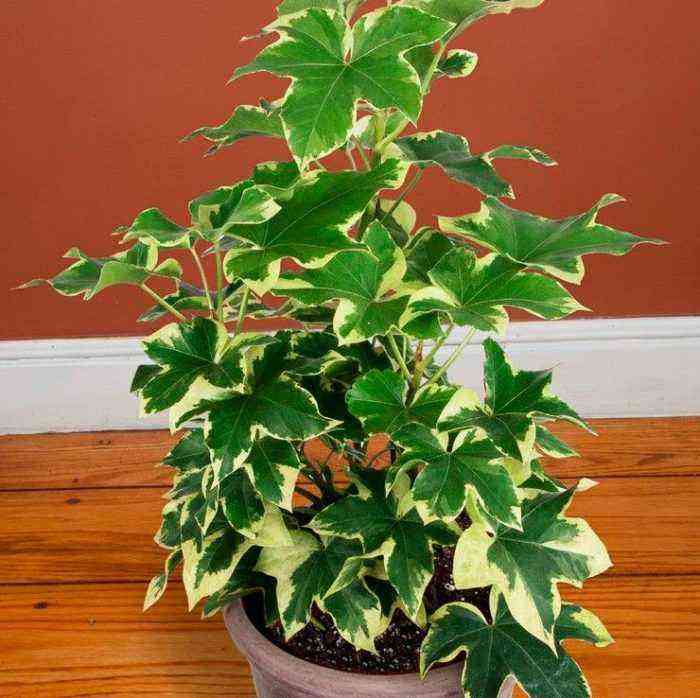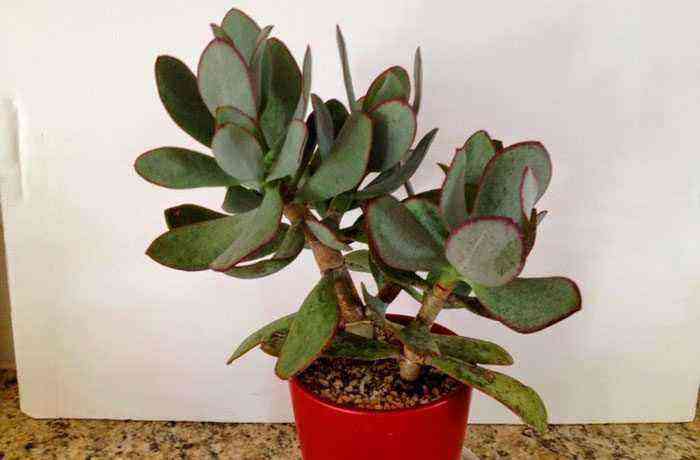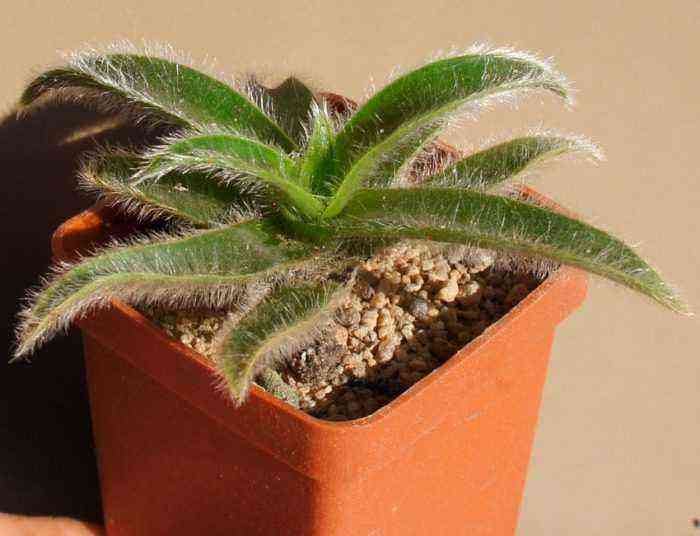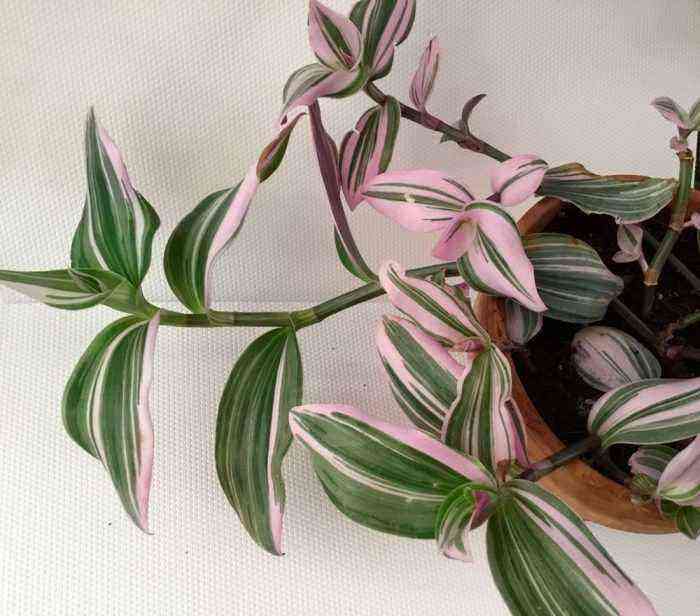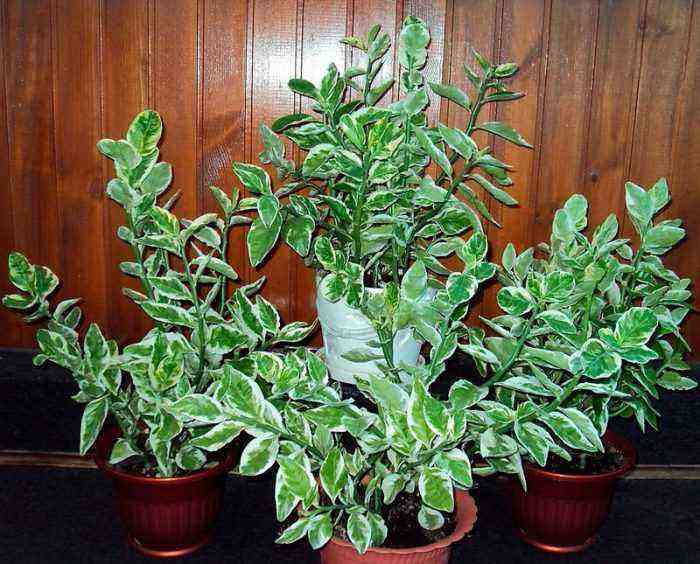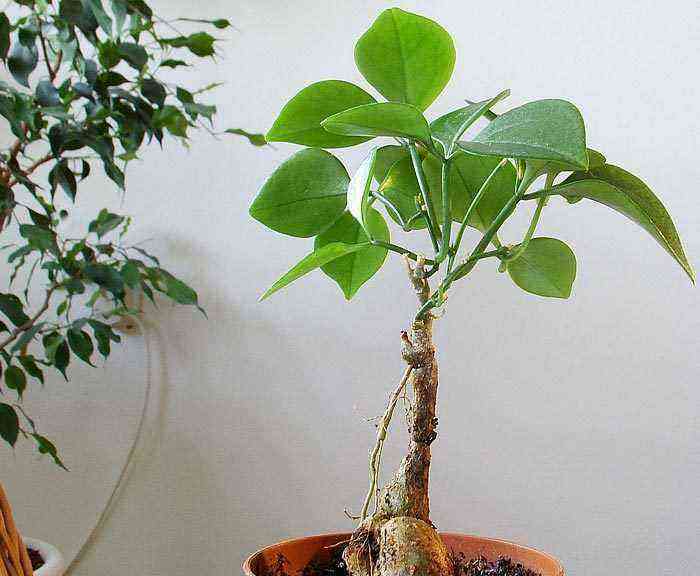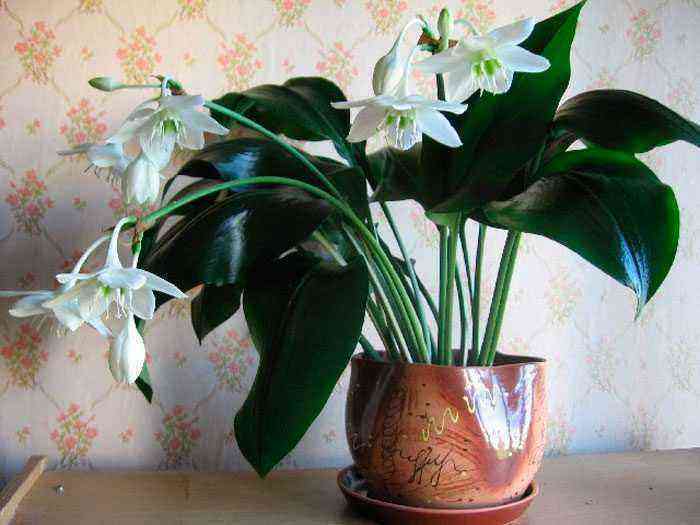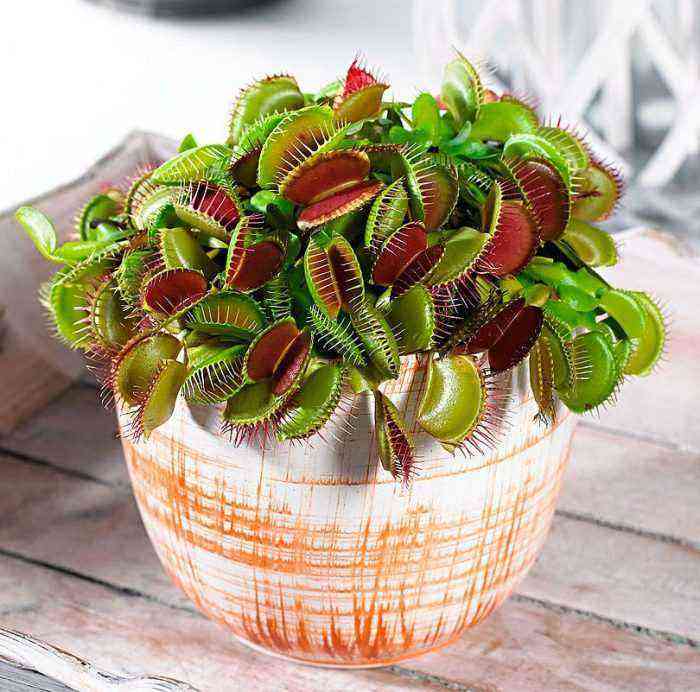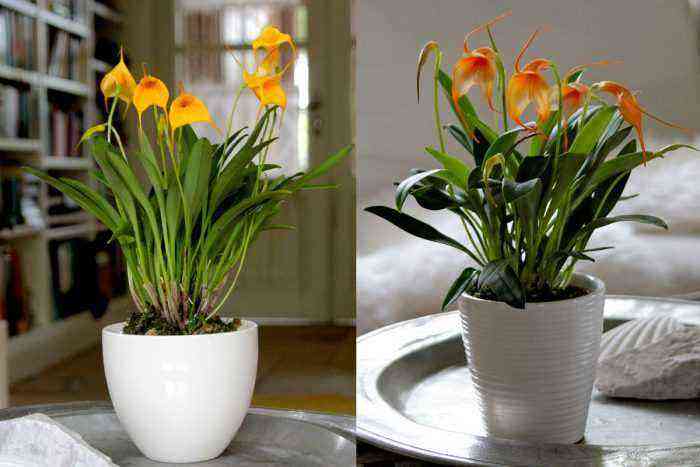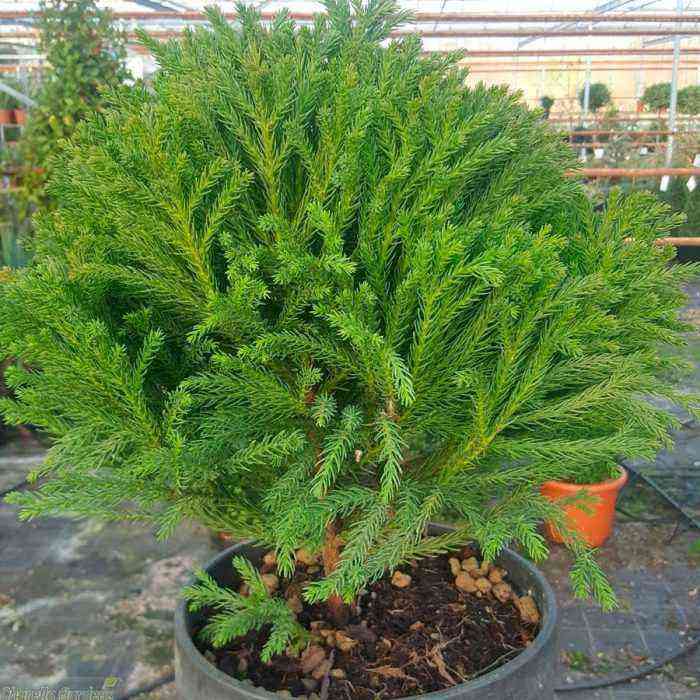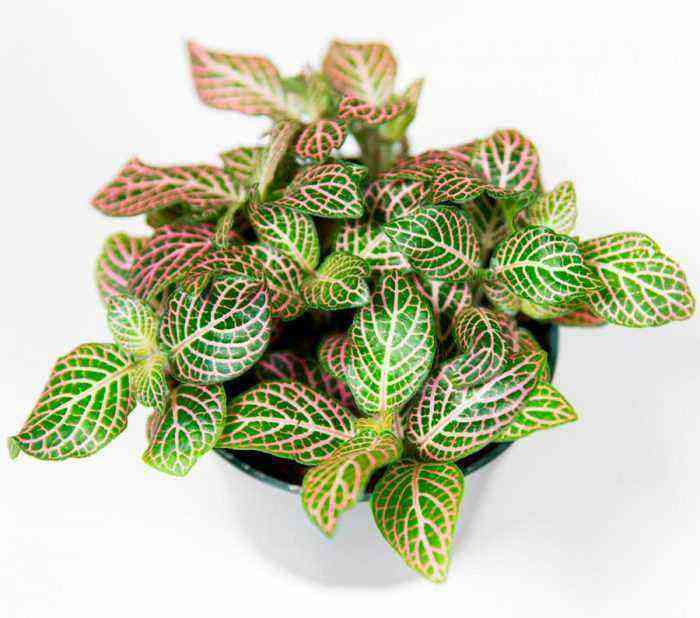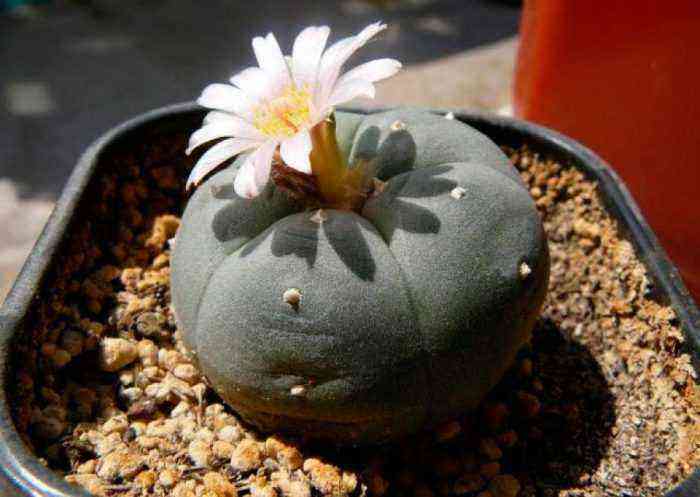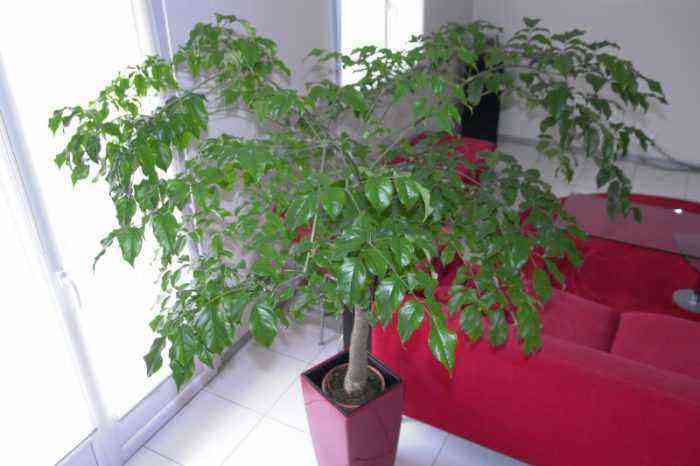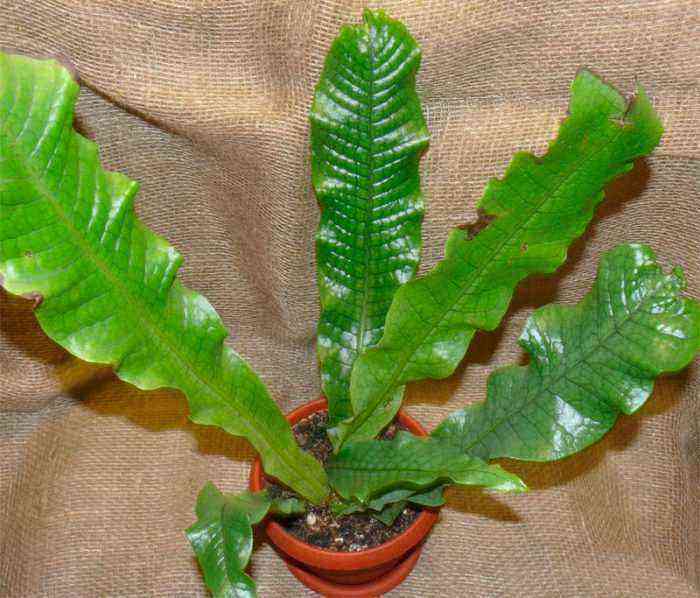The caryote palm is one of the most unusual home-grown palms. Its spectacular lush foliage has an original shape. You can easily distinguish this indoor palm from many others. And despite the fact that the caryote has very few species and varieties, it is still considered one of the most beautiful and largest domestic palms.
Such a plant is undemanding to care. But it should be borne in mind that for its normal growth and development, increased air humidity is required. The rest of the palm is quite unpretentious. Moreover, the older the plant, the less attention it needs from the grower.
Features of the caryote palm
The caryote palm has an unusual appearance that catches the eye even from a great distance. The amazing leaf plates of this plant stand out especially. They are striking in their size, as well as asymmetrical bizarre shape, atypical for palms. Under natural conditions, such a palm tree can be found in the tropics, which is why it prefers high humidity. This plant is considered unpretentious and extremely hardy, which makes it easy to grow it indoors. Its characteristic feature is incredibly lush foliage, which has an unusual shape, which gives the palm tree a special whimsical appearance.
Such a relatively large palm is evergreen. Under natural conditions, its height can reach several tens of meters. At the same time, domestic specimens, as a rule, have a height of no more than 150-200 cm. This palm tree can be presented in the form of a single-stemmed tree or a spectacular bushy plant with many trunks, and after a while it forms full-fledged thickets.
Large leaf plates are doubly pinnate. Most of all, the leaves are distinguished not by their size, but by their unusual shape, which is uncharacteristic for representatives of the Palm family. The dissected leaf plates do not have lanceolate lobes, like the “classic” palms. Instead, they are adorned with original wide asymmetrical feathers. These feathers look like truncated oblique wedges, the upper part of which seems to be torn off. The foliage seems airy and light, quivering even from a slight breeze. This is facilitated by rather long petioles of leaf plates having an irregular triangular shape, the edges of which are unevenly serrated. The edge of the foliage seems to have been torn.
It is very rare to see a blooming house cariota. And even in botanical gardens, such a tropical beauty rarely pleases with its flowering. A palm tree that grows in natural conditions blooms for the first time after it is at least 10 years old. Flowering lasts continuously for 5-7 years. After that, the flowering of the caryote ends and it does not bloom anymore. In order for inflorescences to appear on such a plant, it should provide optimal air humidity. Unusual large inflorescences consist of branched ears. The shape of the cobs is similar in appearance to the tails of horses, due to the fact that they include several hundred thin drooping twigs.
The formation of inflorescence occurs in the leaf axils, while the flowering wave moves from the top of the palm crown to its base. That is, initially, inflorescences are formed in the axils of the upper leaf plates, but then their gradual downward movement is observed. This palm tree is also interesting in that when flowering reaches the lower part of the crown, on the upper part, the ripening of the fruits is already observed. After the fruits are fully ripe, the stems begin to actively die off at the bush. If an adult palm has one trunk, then at the end of fruiting, it dies. At the same time, in bushy forms, renewal is possible due to the basal processes. The fruits have needle-shaped crystals inside, which are unpleasant to the touch. They can easily damage the skin.
Cariot palm care at home
The bushy caryote palm with a lush crown, consisting of many unusual leaf plates in the shape of fish tails, has the fame of a special highly decorative palm tree. Also, this plant differs from other palms and its character. It can be easily grown at home. This plant is very hardy and undemanding to both care and growing conditions.
The caryote differs from many other palms in that it tolerates wintering well in a warm room, and also practically does not react to many mistakes in care. But if you want the palm tree to be lush and beautiful, you should provide it with optimal air humidity and the correct watering regime. Despite this, caring for cariota will not be difficult, even if you are a beginner in floriculture. And another plus of this culture is that, if necessary, it can be easily propagated in a vegetative way.
Illumination
Despite the fact that this is a light-loving plant, it reacts negatively to the scorching direct rays of the sun. If you put the bush on a sunny window, it can cause serious burns and injuries. In this regard, it is possible to grow such a palm only under diffused sunlight. At the same time, remember that the morning rays of the sun can especially harm the cariota. If you decide to put a palm tree on the south window, then it is recommended to choose a place for it in the back of the room, or you can install a diffusing screen on the window. The best option for placing a karyote is a west or east orientation.
When choosing a place for a karyote, it should be remembered that it reacts negatively to overheating of the root system. That is why it is recommended to put it directly on the floor or on a low stand, while choosing a place so that the light falls on the plant from above (this requirement is desirable, but not necessary). Remember that this tropical visitor is not able to grow even in light shade. With a lack of light, a slowdown in its growth is observed, while the bush gradually loses its spectacular appearance.
Temperature conditions
The caryote palm feels great at the usual room temperature typical for living quarters. This plant differs from most other representatives of the Palm family in that it does not need a cold winter. Moreover, it has an extremely negative attitude to the cold, even a slight cold snap (up to 18 degrees) can harm it. If in the autumn-winter period the temperature in the room is below 18 degrees, this can destroy the palm tree.
The plant feels good both in warmth and heat. However, it should be borne in mind that the warmer it will be in the room, the higher the level of air humidity must be provided by cariotes. Moreover, the most favorable air temperature for the growth and development of a karyote is 22–24 degrees.
It is extremely undesirable to take the cariota outside in the warm season, because it can react extremely negatively to this. Such a plant does not welcome a sudden change in conditions of detention, and drafts can also harm it. For its placement, it is recommended to choose a place in a living room with an optimal temperature and a sufficient amount of diffused light. At the same time, rearranging the palm tree is extremely undesirable. And since it is quite large and heavy, it is unlikely that anyone will want to drag it from place to place. Remember that if you move the bush to a balcony, terrace or garden, then not only drafts, but pests can cause significant harm to it.
Watering
With the selection of the correct watering regime for karyota, there should be no special problems. It needs to be watered moderately, but regularly, and make sure that the substrate in the container is constantly slightly damp. The plant reacts equally badly to the drying out of the earthen coma, and to the stagnation of moisture in the roots.
If watering is rare or excessively scarce, then this can cause partial flying around of the leaf plates, which will have an extremely negative effect on the appearance of the bush. In this regard, be sure to make sure that the earthen lump in the pot never dries out.
In the spring and summer, watering should be fairly frequent. Moreover, it is recommended to moisten the substrate in the pot immediately after its top layer dries out. With the onset of the autumn period and in winter, the plant is watered more poorly and rarely. At this time, the soil mixture is moistened only when its top layer with a thickness of 30 to 50 mm dries up. Whatever time of year it is some time after watering, be sure to free the pan from the water that has drained into it.
Air humidity
It has already been said above that the karyote needs high air humidity at any time of the year. In order for these indicators to always be optimal, it is necessary to regularly take measures to increase the level of air humidity. However, in this case, it is quite possible to do without purchased air humidifiers. It will be enough to provide the plant with daily systematic hydration of the foliage from a spray bottle. According to experienced florists, since the caryote is very large, the installation of a deep pallet with wet expanded clay in this case is ineffective. In addition to regularly moisturizing from a sprayer, the plant responds very well to hygiene procedures such as regularly rubbing foliage with a damp soft sponge.
To moisten both the foliage and the substrate in the container, you need to use well-settled and soft water. The temperature of the water is also important, which can vary from 20 to 25 degrees.
Fertilizer
Top dressing is carried out only in spring and summer. Fertilizers should be applied to the substrate at a frequency of 2 or 3 times a month. The choice of a nutrient mixture suitable for karyota must be taken with great responsibility. For this plant, it is recommended to purchase a complex mineral fertilizer for palms. At the same time, a universal mineral complex is not suitable for him. Such a palm tree needs to try to ensure the balance of nutrients in the soil mixture, and the content of micronutrients in the substrate is also of great importance for it.
For karyota, all trace elements are of equal value: fluorine, nitrogen, manganese, boron, calcium, copper, etc. Both a shortage and an excess of these substances can have an extremely negative effect on the state and development of the plant. In this regard, it is recommended to use fertilizers specially designed for palms for him, since they have an optimal composition ideal for such a plant.
In winter and autumn, feeding is not carried out. Long-term fertilizers cannot be used for this palm tree, and it also reacts poorly to foliar dressing (by leaf).
The choice of soil mixture and pot
For planting and replanting such a highly decorative palm, you can use any universal potting soil mixture of high quality. It does not impose special requirements on the composition of the substrate, as long as it is well-drained and loose. A ready-made soil mixture for palm trees is best suited for growing indoor caryote, but a universal substrate can also be used. If desired, the soil mixture can be made with your own hands; for this, combine sand, compost, sod soil and humus, which are taken in equal shares.
Great care should be taken when choosing a suitable pot for planting such a palm tree. For this, it is recommended to select a container whose width is less than its height. And this is even taking into account the fact that a multi-stemmed palm tree is actively expanding in breadth. Such a plant has well-developed taproots that lie at great depths. They need to provide access to a free substrate. During the transplant, the old container is replaced with a new larger one, the diameter of which is approximately 50 mm larger.
Transplanting a karyote palm
Transplant karyote only when necessary. While the plant is young, the average frequency of replanting is once every two years. More mature bushes are subjected to this procedure less often, or rather, once every 1 or 1 years.
Transplanting a palm tree is carried out by the transshipment method, while trying not to destroy a clod of earth. If necessary, you can remove the top layer of the substrate if it is heavily contaminated, while trying not to injure the root system. Remember that damage to the roots can lead to the death of the bush. During planting and transplanting, a thick layer of drainage must be made at the bottom of the container.
Methods of reproduction
You can propagate a caryote palm by seeds. In this case, a multi-stemmed plant is often propagated in a vegetative way.
Division of the bush
Reproduction by dividing the bush is the most laborious method. To do this, the twist of an adult highly overgrown plant is divided into several parts. This method allows you to get a full-fledged adult plant, spending very little time, however, there is a high risk that the delenka may die. It is recommended to combine the division of a palm tree with a transplant. In this case, it is important to injure the roots as little as possible. And in order for the delenki to successfully take root, they are provided with the most favorable conditions with a very high level of air humidity.
Reproduction by cuttings
In this case, root suckers are used for reproduction. After the root shoots of the parent bush have formed several of their own roots, the shoots are carefully cut off from the parent plant. For rooting, they are planted in the sand and covered with a transparent cap on top, it is imperative that the optimum air temperature is maintained – from 20 to 25 degrees. The offspring is regularly moistened with a spray bottle and protected from direct sunlight. When the bush takes root, it is planted in a separate pot and looked after like an adult palm tree.
Cultivation from seeds
Seed propagation of karyote shows low efficiency. This is due to the fact that the seed material retains good germination for a short time, and the appearance of seedlings will have to wait 1-3 months.
Seeds are sown in the spring. To do this, use a flat container with a height of no more than 15 centimeters, filled with a light substrate, which is previously disinfected with a fungicidal preparation. Immediately before sowing, the seed is kept in a solution of a growth stimulator for 24 hours. Seeds are sown to a depth of 10-15 mm. From above, the crops are covered with glass or foil and removed in heat (more than 25 degrees). The place should be dark. Remember to ventilate your crops every day.
When the first seedlings appear, the crops are transferred to a place with bright diffused lighting. Usually, the pick is carried out after the appearance of the first true sheet plate. The plants are transplanted very carefully, trying not to touch the roots. For planting, separate pots are used, reaching about 50 mm in diameter. During the first year of life, young plants need to be provided with the same conditions at any time of the year. In this case, the air temperature should be higher than for adult palms.
Diseases and pests of karyote
The domestic caryote palm is not highly resistant to diseases and pests. Most often, however, it is the wrong care that leads to problems. Such a plant is most susceptible to damage by various rot and spotting, while spider mites, mealybugs and scale insects most often settle on it. Also, the palm tree can be severely affected by some types of wilting, which include Fusarium and late blight.
To save the plant, you need to fight diseases and pests using combined methods. First of all, provide him with the right care and optimal conditions for growth. If necessary, wash the leaf plates with a soap solution, use various folk remedies, in extreme cases, cut off the affected parts of the bush. And also the karyote must be treated with a suitable fungicidal or insecticidal preparation.
Possible problems
- Loss of decorativeness by foliage due to imbalance of trace elements: lack of zinc – necrotic specks form on the leaf plates; lack of manganese – the foliage grows smaller with signs of chlorosis and necrotic stripes; lack of potassium – manifested by curly leaves, they dry out, turn yellow, and translucent pink spots are also formed; lack of nitrogen – foliage becomes faded; excess copper, fluorine or boron – the tops of the leaf plates become brown and die off; magnesium deficiency – the development of chlorosis, etc.
- The foliage turns yellow and flies… Excessively poor substrate moisture.
- Formation of dark leaf plates… Stagnation of moisture in the substrate.
- Curly foliage, as well as the formation of specks of brown and yellowish tint… Excessively bright lighting.
- Chlorosis on young leaf plates… Lack of nutrients.
- The bush grows very slowly and the lower foliage turns white… Poor lighting combined with an extremely low air temperature.
- The foliage turns dark and dries up… Exposure to a draft or the room is too cold.
- The tops of the leaf plates dry up… Very low air humidity.
- Foliage loses its turgor and sags… Poor or too infrequent watering.
Types of karyote palm with photo
Caryota (Caryota) is a bushy palm, which does not differ in a special variety of species. In such palms growing in natural conditions, there is a tendency to spontaneous crossing of various species among themselves. Thanks to this, it is often quite difficult to understand what kind of karyota you found in the wild. Despite this, this palm tree has several dozen species, which, however, are very similar to each other. That is why the specific names and characteristic features are not essential. It should be noted that all species and varieties require similar conditions for proper growth and development.
The indoor karyote differs significantly from its wild-growing counterparts in that only two species are common in culture, which can be easily distinguished from each other:
Caryota tender, or soft (Caryota mitis)
This multi-stem bush in natural conditions can have a height of about 9 meters. At home, its height, as a rule, does not exceed 150 centimeters. Moreover, such bushes do not lose their ability to grow over time, and most often they increase in breadth. Since the bush consists of several stems, it can be easily propagated by division. Large irregularly wedge-shaped leaf plates include asymmetric lobes with a jagged edge, while their upper part is more than half cut. The width of the triangular leaf plates is about 12 centimeters, while their length is only slightly larger. The length of the rather graceful cuttings can vary from 0,3 to 0,5 meters. The length of the inflorescence shaft reaches 0,6 meters, while the rounded red fruits reach about 10 mm in diameter.
Caryota burning, or Wine palm (Caryota urens)
This species is single-barreled. Its leaf plates consist of asymmetric, triangular-shaped lobules. Their apex is dissected in the same way as in the previous species, and they are also a little narrower. Powerful large multi-flowered inflorescences hang down; in natural conditions, their length can reach several meters. Fruits are red, but larger than tender caryota.
